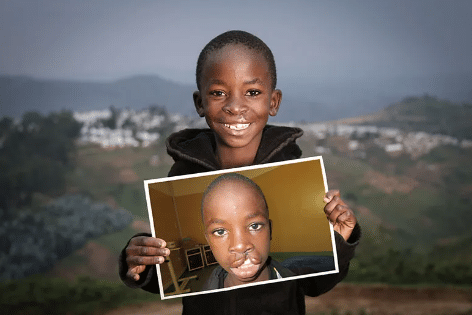World Wellness Weekend 20-21-22 Sept 2024 #WorldWellnessWeekend #WellnessForAll
World Wellness Weekend partners with Art Impact For Health and SDGs
Join Isabelle Wachsmuth, Project Manager at World Health Organization and Jean-Guy de Gabriac, founder World Wellness Weekend, in a collaborative and collective creative partnership with 8,000 venues in 150 countries.


OBJECTIVE
For the first time, professionals in Hospitality, Tourism, Fitness, Beauty, Spa, Nutrition are invited to co-create an artistic physical & digital (physi-tal) mosaic mural at the Palais des Nations in Geneva illustrating the UNITED NATIONS’ 3rd SDG: “Good Health & Wellbeing for All”.
NB: This mosaic could be projected or displayed in other buildings around the world, including the premises of participating businesses, organizations and associations.



HOW TO PARTICIPATE
Show how YOU, your team, your community, your culture is making a difference to promote SDG 3 “Good Health and Wellbeing for All” with fun, free, inclusive, collective activities and workshops.
Fill in the form: send one photo with a short paragraph explaining your activity to promote #WellnessForAll on a local level.
Examples of WWW – SDG3 activities: fun, free and inclusive yoga or fitness session; guided relaxation; 5K walk or run; workshop on sleep, nutrition, stress / anxiety management, self-confidence…
Example of places where to organize a WWW – SDG3 activity: school (teens at risk), senior homes, hospital or clinic (for doctors & nurses); underserved communities; back of house (your team)…
SELECTION
Your photo and text may be selected by Art Impact For Health and SDGs, and included in an artistic mosaic showing how individuals, associations and businesses on a grass-root level contribute to improve the welfare of their community with the Five Pillars of Wellness of World Wellness Weekend:
- Sleep & Creativity
- Nutrition & Immunity
- Movement & Vitality
- Mindfulness & Serenity
- Purpose & Solidarity.
Why is the World Wellness Weekend movement important to advocate for health & wellbeing, and contribute to SDG3?
Wellness organizations have a significant impact on health and wellbeing at a worldwide level:
- Promotion of healthy behaviors and lifestyle such as regular exercise, healthy eating, stress reduction, and smoking cessation. They provide resources, education, and support to help individuals adopt and sustain these behaviors, leading to improved overall health and wellbeing.
- Disease prevention and management to reduce the risk of chronic illnesses such as heart disease, diabetes, and cancer; and contribute to better health outcomes and a decrease in healthcare costs.
- Mental health support, awareness, destigmatization, and access to counseling, support groups, and educational programs.
- Workplace wellness programs to enhance employee wellbeing, prevent burnout, and reduce stress by offering resources like wellness challenges, fitness classes, mental health support, and ergonomic adjustments. This, in turn, leads to improved productivity, job satisfaction, and reduced absenteeism.
- Global health initiatives in underserved regions and developing countries. They focus on initiatives related to clean water and sanitation, access to healthcare, and nutritional support.
- Policy advocacy at local, national, and international levels, to influence policies related to health promotion, disease prevention, access to healthcare, and environmental factors affecting well-being. Through their advocacy efforts, they contribute to creating a healthier environment and ensuring government support for well-being initiatives.


Why is the World Wellness Weekend movement important to advocate for health & wellbeing, and contribute to SDG3?
Showing a full mosaic of wellbeing activities performed in many countries and communities in the world in an artistic format can have a positive impact on the large public:
- Inspiration and motivation: engage the audience to try new things and make positive changes in their lives. It can create a curiosity to explore and discover what works best for them, leading to personal growth and self-discovery.
- Awareness and education: The visual representation of different wellbeing activities can increase awareness and education about the various options available for improving one’s overall wellbeing, with activities they may not have considered before or were unaware of.
- Emotional connection: Seeing depictions of wellbeing activities in a visually appealing manner can create positive emotions and a desire to experience similar feelings in their own lives.
- Diversity and inclusivity: It can showcase a variety of activities catering to different interests, abilities, and cultural backgrounds, ensuring that the audience feels included and represented.
- Encouragement of holistic wellbeing, inspiring the audience to adopt a more comprehensive approach to their own self-care with physical, mental, and emotional aspects of wellbeing
We are expecting from the display of the mosaic, a powerful impact on the audience, inspiring, educating, and motivating them to embrace a more balanced and fulfilling life.










